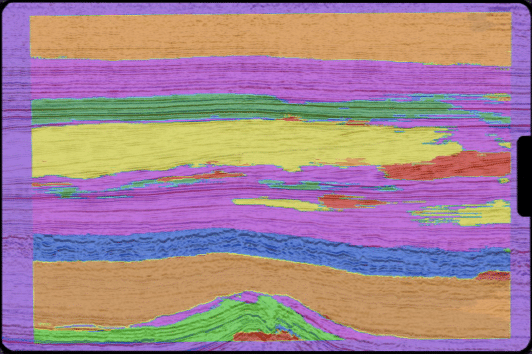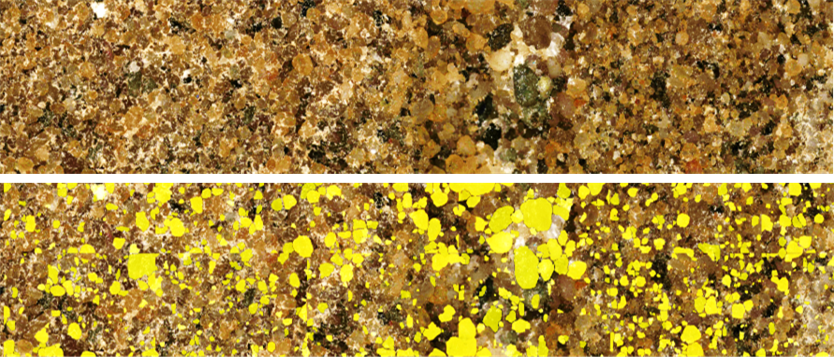At #DigEx 2019 RagnaRock will showcase their technology. In the automated interpretation session (full program here), RagnaRock GEO, represented by Mikael Kvalvær, Software Developer and Åsmund Heir, CEO, are presenting how to automate the seismic workflow. They will talk about the challenges and uncertainties and which algorithms they use. RagnaRock Geo claims using their software takes less than 1% of the time of manual seismic interpretation with a 95% accuracy.

No need for geologists!?
Aina Bugge from Kalkulo will present her work in cooperation with Lundin Norway and the University of Oslo on “A data-driven workflow for 3D automatic seismic interpretation”.
They claim that their workflow makes it possible to interpret structurally and stratigraphically complex seismic volumes completely automatic.
The workflow combines two separate methods: automatic tracking and extraction of seismic horizons, and unsupervised identification and classification of stratigraphic sequences. As neither of these methods require any manual input such as labels or seed points, it does not rely on geological knowledge. With unsupervised machine learning, we automatically identify and label stratigraphic sequences, and we apply our horizon tracker iteratively within each of these sequences.






